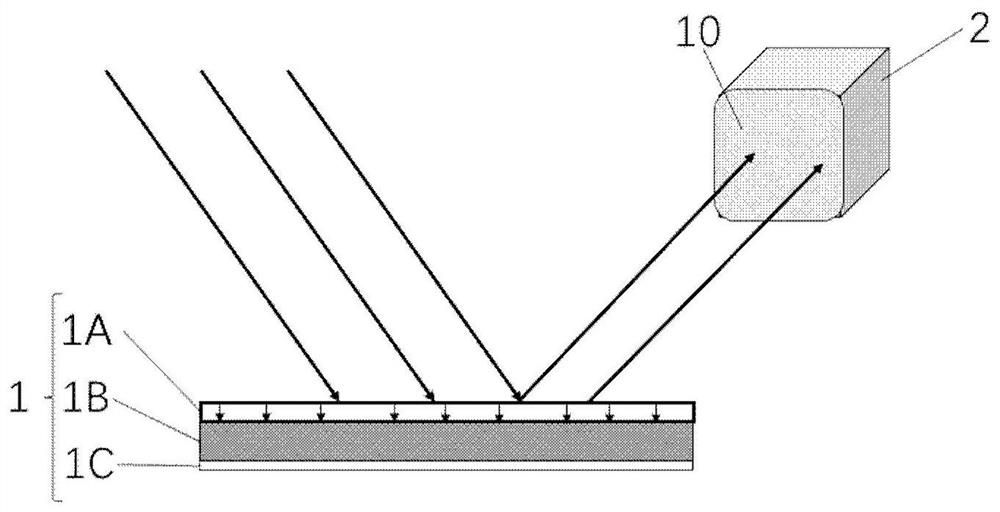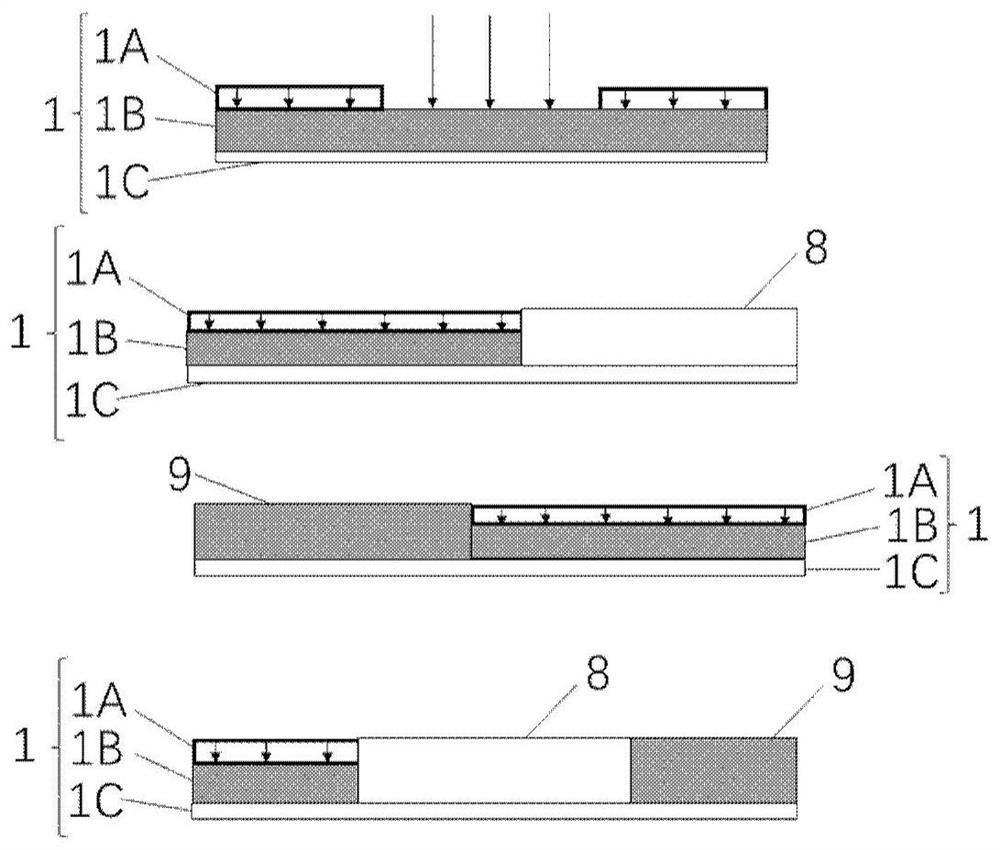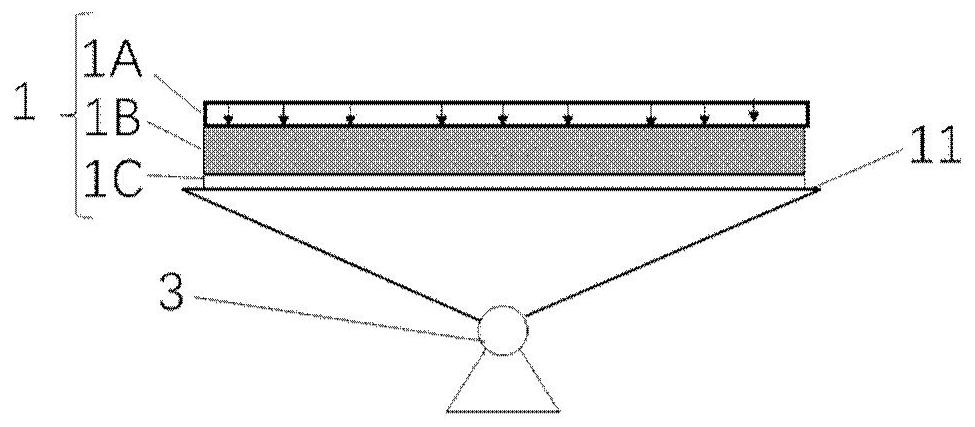Solar energy full-spectrum concentration utilization system and method based on photovoltaic reflective panels
A technology of solar concentration and solar spectrum, applied in solar heating systems, solar thermal energy, solar thermal power generation, etc., can solve the problems of reduced energy flux density of long-wave light beams, large optical losses, and complex systems, so as to avoid optical losses, optical Efficiency improvement and system efficiency reduction effect
- Summary
- Abstract
- Description
- Claims
- Application Information
AI Technical Summary
Problems solved by technology
Method used
Image
Examples
Embodiment 1
[0114] In the first exemplary embodiment, a photovoltaic reflective plate-based method and system for utilizing solar energy with full-spectrum concentration is provided. figure 1 It is a structural schematic diagram of a method and a system for utilizing a solar energy full-spectrum concentrating light based on photovoltaic reflectors according to this embodiment. Such as figure 1 As shown, the solar energy full-spectrum concentrating utilization method and system based on photovoltaic reflectors include: photovoltaic reflector 1; spectrum control film 1A; photovoltaic cell 1B; mirror 1C; concentrating spectrum utilization device 2; .
[0115] Spectrum control film 1A has the following characteristics: 1. It can transmit the solar spectrum suitable for photovoltaic utilization in sunlight (such as using crystalline silicon cells, the wavelength range is recommended to be 350nm to 1100nm) to the surface of photovoltaic cell 1B, and reflect the remaining solar spectrum to the ...
Embodiment 2
[0136] In the second exemplary embodiment, there is also provided a method and system for utilizing a tower-type solar energy full-spectrum concentrated light based on a photovoltaic reflector. Figure 5 It is a structural schematic diagram of a method and system for utilizing a tower-type solar energy full-spectrum concentrating light based on photovoltaic reflectors according to this embodiment. Such as Figure 5 As shown, the solar energy full-spectrum concentrating utilization method and system based on photovoltaic reflectors applied to towers include: photovoltaic reflector 1; spectrum control film 1A; photovoltaic cell 1B; mirror 1C; concentrating spectrum utilization device 2; tracking mechanism 3; tower 5; selective spectral suppression structure 10.
[0137] Spectrum control film 1A, photovoltaic cell 1B, mirror surface 1C, photovoltaic reflector 1 and other related contents are the same as those in Embodiment 1.
[0138] The concentrating spectrum utilization devi...
Embodiment 3
[0153] In the third exemplary embodiment, there is also provided a method and system for full-spectrum concentrated utilization of solar energy based on a photovoltaic reflector applied to a dish. Figure 6 It is a structural schematic diagram of a solar energy full-spectrum concentrating utilization method and system based on photovoltaic reflectors applied to a dish according to this embodiment. Such as Figure 6 As shown, the solar energy full-spectrum concentrating utilization method and system based on photovoltaic reflectors include: photovoltaic reflector 1; spectrum control film 1A; photovoltaic cell 1B; mirror 1C; concentrating spectrum utilization device 2;
[0154] Spectrum control film 1A, photovoltaic cell 1B, mirror surface 1C, photovoltaic reflector 1 and other related contents are the same as those in Embodiment 1. The difference is that the photovoltaic reflector 1 can have the function of tracking the sun and the function of turning over through the dish sup...
PUM
 Login to View More
Login to View More Abstract
Description
Claims
Application Information
 Login to View More
Login to View More - R&D
- Intellectual Property
- Life Sciences
- Materials
- Tech Scout
- Unparalleled Data Quality
- Higher Quality Content
- 60% Fewer Hallucinations
Browse by: Latest US Patents, China's latest patents, Technical Efficacy Thesaurus, Application Domain, Technology Topic, Popular Technical Reports.
© 2025 PatSnap. All rights reserved.Legal|Privacy policy|Modern Slavery Act Transparency Statement|Sitemap|About US| Contact US: help@patsnap.com



